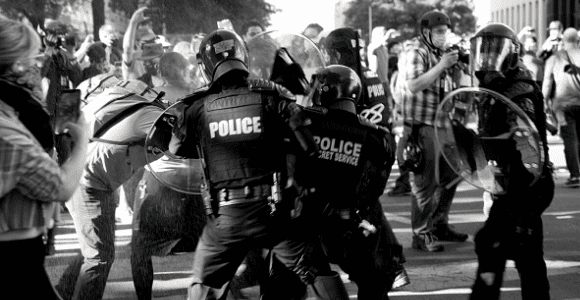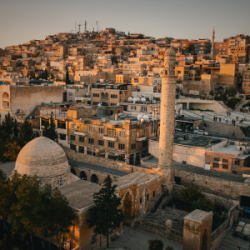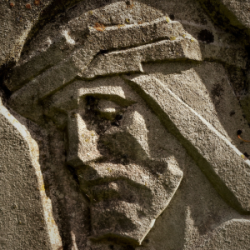Welcome readers! Please subscribe through the buttons on the right if you enjoy this post.

This week we end our consideration of the final warnings in Luke’s version of the Jesus story and how they might relate to our society. In Luke 23, we read:
“Jesus turned and said to them, ‘Daughters of Jerusalem, do not weep for me; weep for yourselves and for your children. For the time will come when you will say, ‘Blessed are the childless women, the wombs that never bore and the breasts that never nursed!’ Then ‘they will say to the mountains, ‘Fall on us!’ and to the hills, ‘Cover us!’ For if people do these things when the tree is green, what will happen when it is dry?’” (Luke 23:28–31)
In this passage, Jesus addresses women weeping for him as Roman soldiers march him toward Golgotha. Jesus is just moments away from being crucified here. Luke tells us that “a large number of people followed him, including women who mourned and wailed for him” (Luke 23:27). Days earlier this same crowd had ushered Jesus into Jerusalem. White Christians today who still trust in militarized saviors in our current social climate miss a lot of the details in Jesus’ entrance into Jerusalem.
Luke’s gospel borrows imagery used by Rome itself, which referred to Caesar as the “son of God.” He was called “the savior of the world.” Through the victories of Rome (i.e., Caesar), the political propaganda of Jesus’ day proclaimed, “peace on earth” would come. They called that peace the Pax Romana, the “peace of Rome.” And when Caesar would approach a city in the Roman Empire, emissaries from the city would go out to meet the dignitary and escort him on his way into their city. They would welcome Caesar and the “peace” that Roman occupation brought to their lives.
The fact that Luke’s gospel used images of honor thought to be due only to the “Lord” Caesar would have deeply subverted Rome’s political gospel. As Luke’s Jesus approached Jerusalem, the crowd cries out, “Blessed is the KING who comes in the name of the Lord!” and “PEACE in heaven and glory in the highest!”
Yet there is a difference between Luke’s Jesus and Rome’s Caesar. Where Caesar would have ridden a warhorse in his triumphal entry, Jesus came riding on the foal of a colt, or a young donkey. At least two literary agendas are present here: a contrast to Rome’s militarized methods toward peace and Jesus’ path toward peace through distributive justice rather than policing, and the writer pointing readers/listeners to the words of the prophet Zechariah:
“Rejoice greatly, Daughter Zion! Shout, Daughter Jerusalem! See, your KING comes to you, righteous and having salvation, lowly and riding on a DONKEY, on a colt, the foal of a donkey. I will TAKE AWAY the CHARIOTS from Ephraim and the WARHORSES from Jerusalem, and the BATTLE BOW will be broken. He will proclaim PEACE to the nations. His rule will extend from sea to sea and from the River to the ends of the earth.” (Zechariah 9:9, emphasis added)
Attaching Jesus to Zechariah’s words put the violent imagery of Caesar riding a warhorse in direct confrontation with the nonviolent Jesus riding a donkey, calling for those on the margins to be centered and for the elites’ wealth to be redistributed to the poor. What we have here is two paths toward peace. One was enforced by militarized power and the other addressed the root causes of injustice that lead to the lack of peace.
We’ll look at both of these paths in our context today, next.













